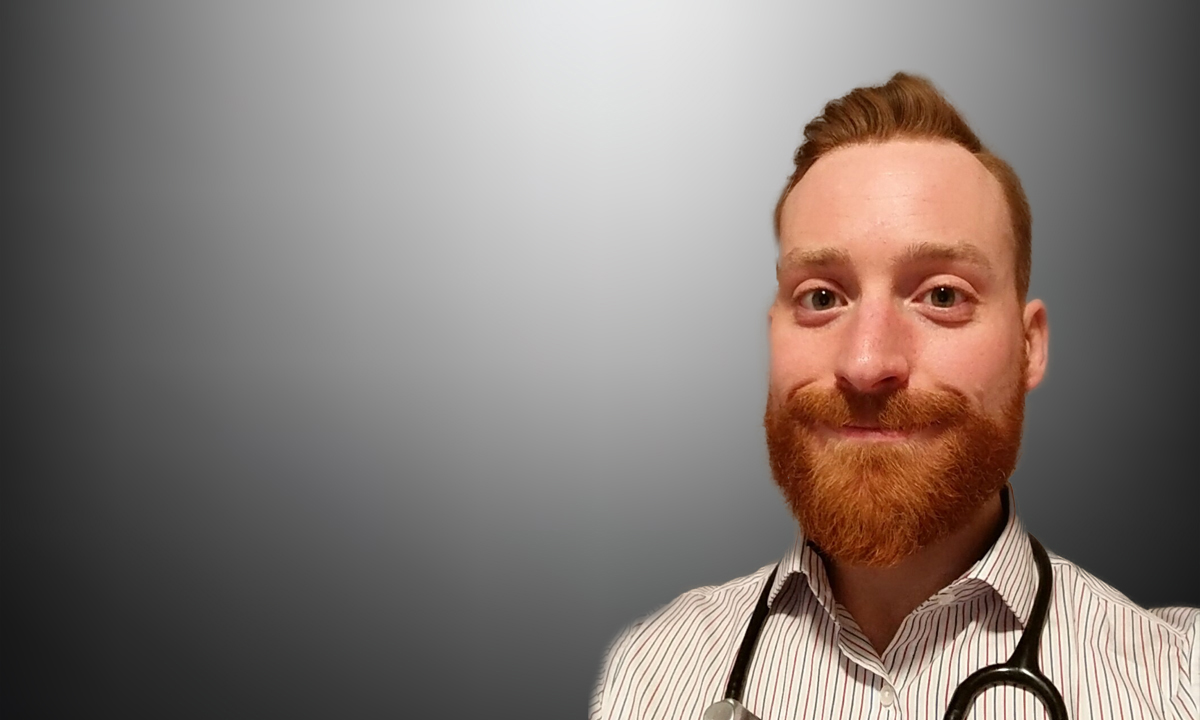THE plight of women around the world became widely publicised in 2017 and 2018, catalysed by a slew of high-profile power abuse revelations and allegations (here, here, here and here). In parallel, these past 2 years saw major traction for the #MeToo campaign (and here) and the subsequent founding of the Time’s Up movement.
These abhorrent offences will have been of little surprise and not entirely unfamiliar to many around the world, considering the reported prevalence of such occurrences. The most recent figures from the Crime Survey of England and Wales reveal the troubling extent of this societal problem, demonstrating that one in five women has experienced a sexual assault as an adult. In fact, the actual figures may be higher again as surveys in the United States have reported far more inclusive rates and under-reporting of such crimes is widely acknowledged. In addition, a meta-analysis revealed that workplace sexual harassment rates among women lie somewhere in the region of 40–75%.
For more than half a century, medical research has demonstrated the clear causal links of life stressors to individual mental health and disease. For instance, several DSM-5 classifications explicitly necessitate the presence of a discrete stressor or traumatic event in order for the diagnosis to be complete. It is no wonder, therefore, that individuals who have suffered from sexual harassment or assault in the past would display higher than average rates of mental illness or dysfunction. In addition, significant life trauma has been shown to greatly increase the incidence of physical illness, such as cardiovascular disease. Until recently, however, it remained unclear as to whether there existed any connection between sexual harassment or assault and physical health of women later in life.
In order to answer this question, a post hoc analysis of a previous prospective cohort study, recently explored the effect of such events on physical and mental health in middle-aged women. In addition to physical assessment and a general medical history, participants undertook a psychosocial questionnaire that contained two simple, binary questions relating to whether they had ever experienced sexual harassment or assault.
After correcting for covariates, the authors found that those who reported a sexual assault event were more likely to report concomitant depression, anxiety and sleep disturbance. However, more intriguing is the fact that a history of sexual harassment was found to be closely associated with poorer physical health. Specifically, those who reported having experienced sexual harassment demonstrated a greater prevalence of hypertension and self-reported poor sleep. The lead author of this study, Dr Rebecca Thurston and her team also demonstrated a degree of biological plausibility for this effect in showing that women who have experienced trauma, including sexual harassment and assault, display greater levels of endothelial dysfunction which cannot be explained by demographic covariates.
Dr Thurston also suggests that there persists a significant imbalance in the gender power dynamic and that sexual harassment in the workplace is an “expression of this power dynamic”.
Indeed, women’s experiences of this power abuse in medicine, reportedly one of the most patriarchal environments remaining today, was a significant source of editorials and letters in the top medical journals in 2018. In an effort to draw attention to the extent of this problem in medicine, one exasperated Australian surgeon, Dr Gabrielle McMullin, exclaimed several years ago that the safest thing for female trainees to do for their career if advanced upon sexually was to submit.
These data and experiences demonstrate the necessity for even more urgency in the equilibration of the power dynamic. While the data are currently tentative due to their observational nature and there are several additional caveats and limitations (small sample size, limited questioning style etc), the study certainly points in a direction that is supported by social and biological plausibility.
This evidence indicates that not only is this environment of power inequity hurting the mental health of women but it may also be hurting their physical health. Perhaps we should not attempt to separate the triad of mental, physical and sexual health. Whatever the case may be, it is clear that further action is needed to build upon the efforts of recent movements and stoke the light that currently shines upon this issue. Championing of gender equality must top our global and personal agenda for 2019, for the mental and physical health of those most at risk.
Dr Paul MacDaragh Ryan is from the School of Medicine at the University College Cork in Ireland.
The statements or opinions expressed in this article reflect the views of the authors and do not represent the official policy of the AMA, the MJA or InSight+ unless so stated.

 more_vert
more_vert
Just stop talking and writing about it; that’s the way it is;all the words, laws and whatever , never did or will make a difference.
From the editor of InSight+: To be clear, “Anonymous”, InSight+ is not the Journal. It’s an open-access, quick turnaround forum for opinion and discussion.
These data and experiences demonstrate the necessity for even more urgency …
& …
While the data are currently tentative …
Look, we get it. Gender is important. But that doesn’t mean you can grab any tin-pot science and weave it into a statement like “Championing of gender equality must top our global and personal agenda for 2019.”
This journal needs to do better than this.
Did the post hoc analysis include the data from Saudi Arabia?